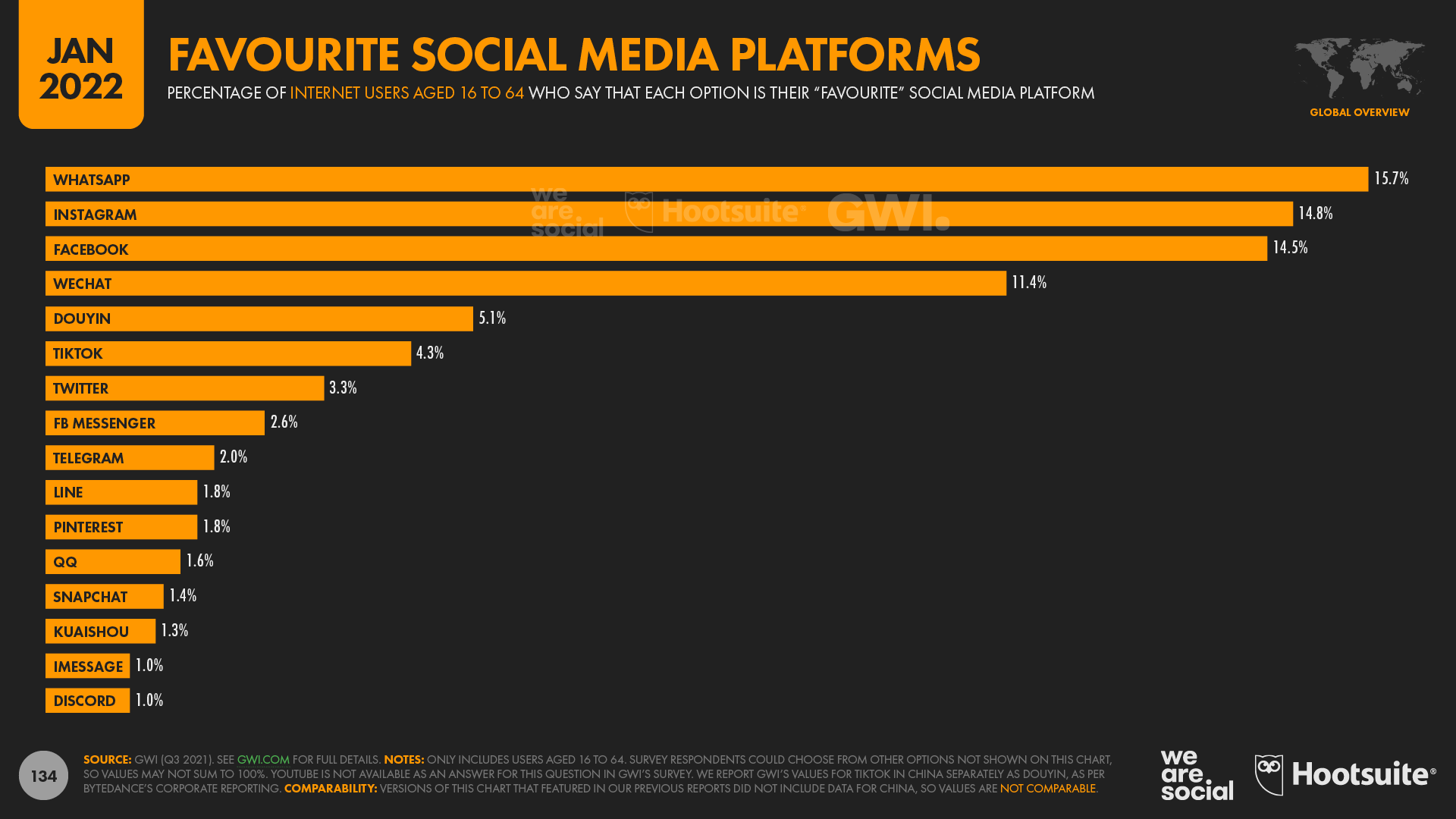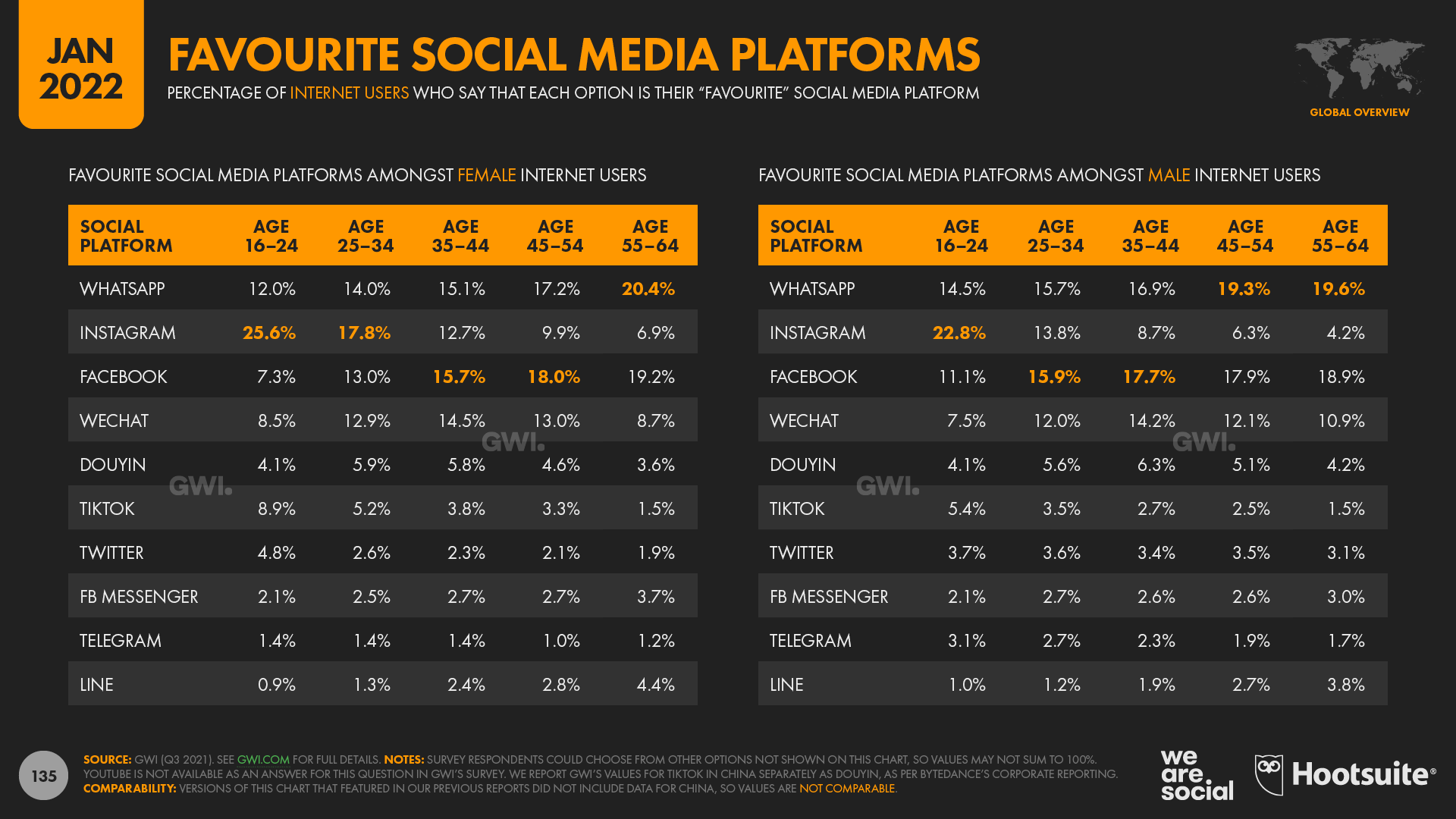WEEK 3 -
BEACHHEADS AND MARKETS



Look at your current customer base
Check out your competition
Who are your competitors targeting? Who are their current customers? Don't go after the same market. You may find a niche market that they are overlooking.
Analyze your product/service
Write out a list of each feature of your product or service. Next to each feature, list the benefits it provides (and the benefits of those benefits). For example, a graphic designer offers high-quality design services. The benefit is a professional company image. A professional image will attract more customers because they see the company as professional and trustworthy. So ultimately, the benefit of high-quality design is gaining more customers and making more money.
The psychographics of your target
Psychographics are the more personal characteristics of a person, including:
Personality Attitudes Values Interests/hobbies Lifestyles Behavior Determine how your product or service will fit into your target's lifestyle.
How and when will your target use the product?
What features are most appealing to your target?
What media does your target turn to for information?
Does your target read the newspaper, search online, or attend particular events?
Dig deeper: Understanding how your customers think. Evaluate your decision. Are there enough people who fit my criteria?
Will my target really benefit from my product/service?
Will they see a need for it?
Do I understand what drives my target to make decisions?
Can they afford my product/service?
Can I reach them with my message?
Are they easily accessible?
WHERE ARE THEY?/WHO ARE THEY?
Calculating SOM/TAM using a bottom up analysis
Bottom-up analysis First, find out how many customers are out there—often called “counting noses” because you have to get very specific about customers. This is done with primary market research techniques combined with some secondary market research, but dominated by the former.
Talk to as many people as possible in your end-user profile group. Find out from them how you can estimate the size. If it is a B2B business, find out how many there are in a few representative companies.
Then, determine the average density of your end-users in companies in your targeted area. This ratio (end users per 1,000 employees, or end users per $1M in revenue, or end users per product produced, or whatever is most appropriate in your situation) is an important metric that we can then extrapolate to the other companies, and build up your estimate in that way.
Collect and analyze source data (customer lists, trade associations, other sources of customer information) for things like lists of specific companies in the sector you are targeting. In the B2B example above, you can then estimate how many end users for each company name on the list. Company can be replaced with hospital, high school, region, fan club, or whatever is the most appropriate organizational unit for your project.
Make an estimate of how many potential users there are in the market. This is the first number that you need to know.
Next, come up with a valid range of how much revenue could be generated from an average single-target end user that fits your profile in the previous step. This is the amount of money they would spend in one year. If they buy your product which costs $100 once every five years, then the annual revenue for this is $100/5 years = $20/year. The more primary market research you can get to build the ratio for this number as well as the annual revenue per user (which can also be a range), the better.
Now calculate the bottom-up value of your TAM (number of customers × revenue per customer).
Place your TAM
ASSIGNMENT DUE SEPTEMBER 29th:
Beachhead market conclusions
Where are your customers, AND GET IN THEIR HEADS
Beachhead Market Segment *
Describe the beachhead market in detail (including a psychographic analysis and anecdotal narrative affirming you’re the person to be backing this company. Explain how it meets the above criteria and why you think it is the right beachhead market.
What digital communities are available?
Educate me - where are your first customers? Where can you find them and talk to them? “Low hanging fruit”.


